Land Monitoring Protocol
Ecological Outcome Verification

Ecological Outcome Verification (EOV) is an outcome-based monitoring protocol for grassland environments. Currently deployed on over 5 million acres globally, EOV evaluates both leading and lagging indicators to give you a holistic assessment of ecosystem function.
Regenerative Grazing
A Protocol to Monitor Ecosystem Function
EOV works on two time scales. Annually, an EOV monitor comes out and assesses qualitative aboveground indicators like bare ground and biodiversity. Every five years, plant diversity metrics, water infiltration, and soil data are collected. Soil samples are sent to the lab for quantitative measurements such as soil carbon and water-holding capacity.
Data That Informs Management
Most monitoring protocols are cost-prohibitive and designed primarily for academics. EOV was designed to be farmer-first, adaptable across eco-regions, and providing actionable insights based on land health trends.
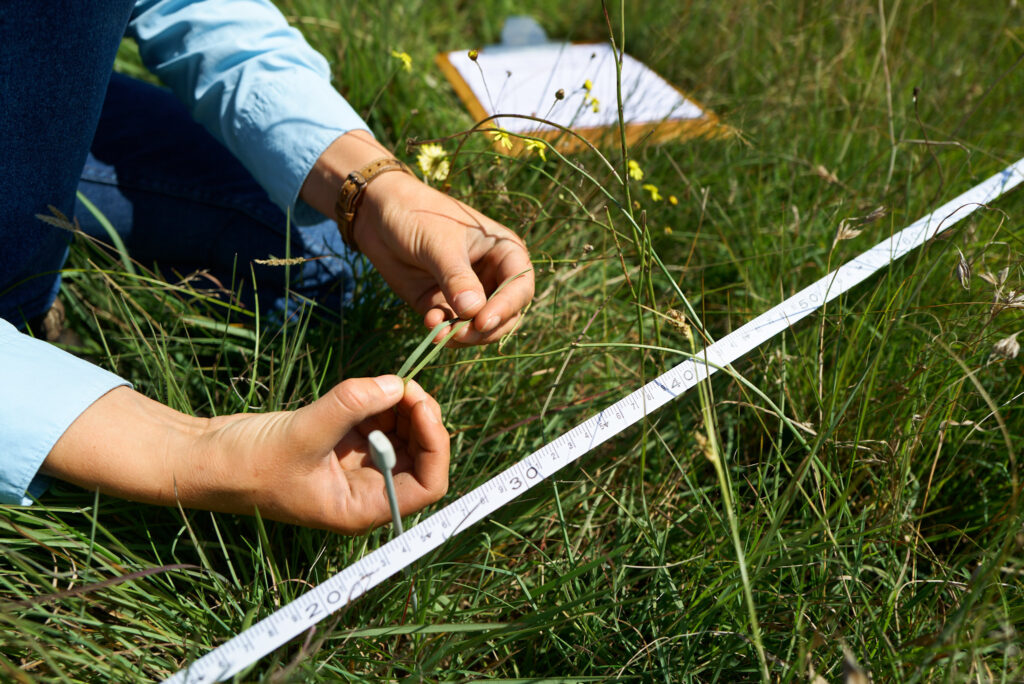
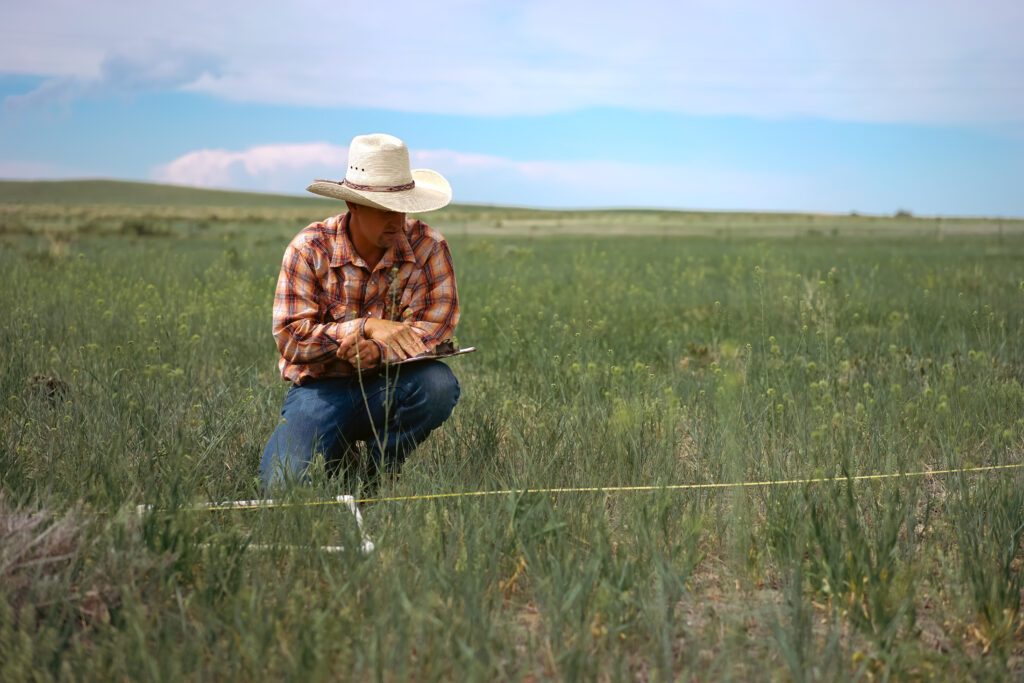
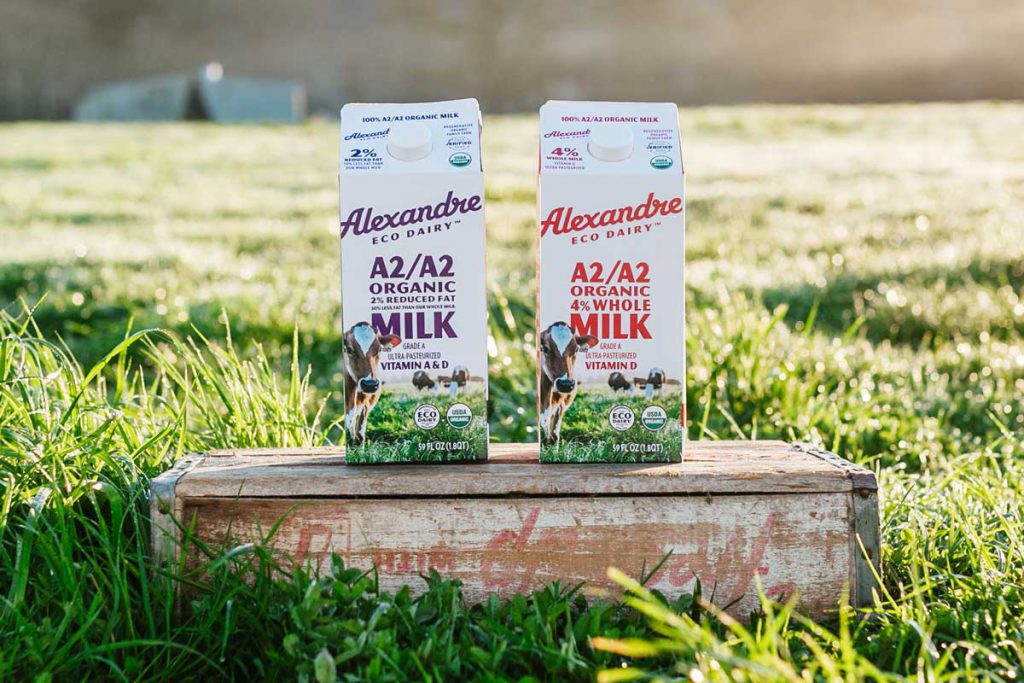
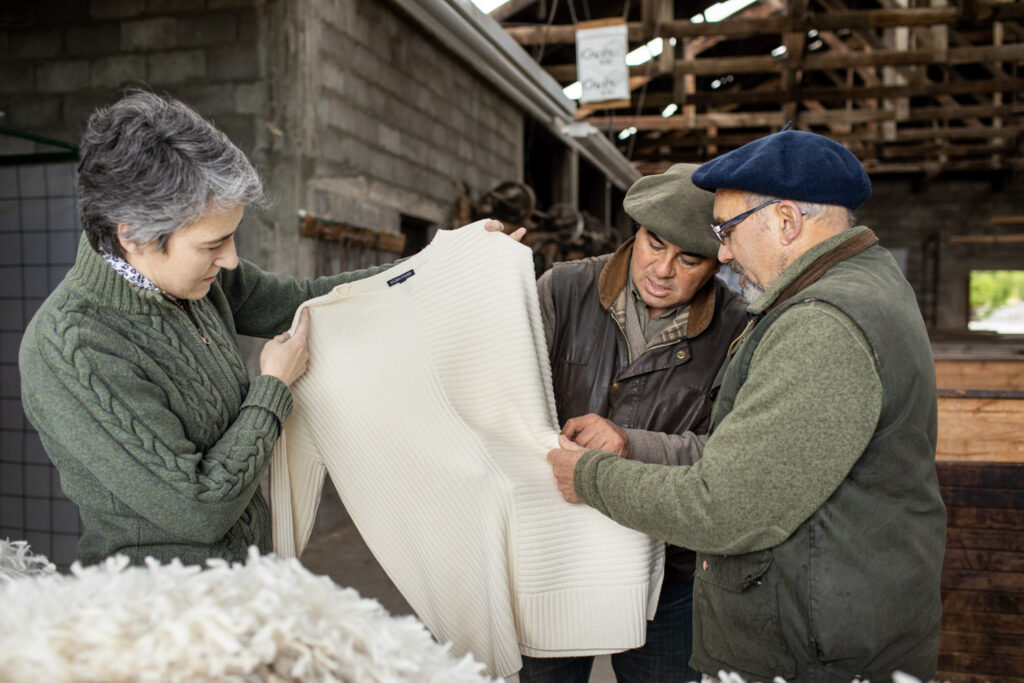
land to market verification
EOV is the science that supports Savory’s Land to Market program. If EOV data indicates land regeneration, products derived from that landbase may apply to carry the coveted Land to Market Verified seal.
“EOV has given our operation invaluable data to make better management decisions. Additionally, Land to Market is increasingly becoming known among consumers and regenerative product aggregators, which has given us an advantage when we market our products.”
Molly Taylor, pt ranch
What does EOV measure?
EOV provides a holistic assessment of ecosystem health, evaluating both leading indicators found aboveground and lagging indicators found both above and below. Each indicator tells us something about the four different ecosystem processes and how they’re functioning, providing actionable insights that ensure continuous regeneration year-over-year.
Short-Term Monitoring
The sum of the scores for each indicator gives the Ecological Health Index (EHI) for a given landbase, which is the main indicator of regenerating land.
Indicators & Related Ecosystem Processes
INDICATOR | WATER CYCLE | MINERAL CYCLE | ENERGY FLOW | COMMUNITY DYNAMICS |
|---|---|---|---|---|
LIVE CANOPY ABUNDANCE | ||||
MICROFAUNA | ||||
WARM SEASON GRASSES | ||||
COOL SEASON GRASSES | ||||
FORBS & LEGUMES | ||||
TREES & SHRUBS | ||||
CONTEXTUALLY DESIRABLE RARE SPECIES | ||||
CONTEXTUALLY UNDESIRABLE SPECIES | ||||
LITTER ABUNDANCE | ||||
LITTER INCORPORATION | ||||
DUNG DECOMPOSITION | ||||
BARE SOIL | ||||
SOIL CAPPING | ||||
WIND EROSION | ||||
WATER EROSION |
Long-Term Monitoring
Conducted at baseline and every five years, long-term monitoring (LTM) assesses lagging indicators of ecosystem function such as soil carbon and botanical composition that demonstrate slower, more incremental changes.
SOIL SAMPLING | PERMANENT LONG-TERM SITES |
|---|---|
SOIL CARBON MEASUREMENTS ARE PERFORMED FOLLOWING STRATIFIED RANDOM SAMPLING ACROSS THE ENTIRE LANDBASE. CORE SAMPLES ARE TAKEN TO 3OCM MINIMUM AND ANALYZED ACCORDING TO EOV PROTOCOL SPECIFICATIONS. | WATER INFILTRATION RATE |
PHOTOPOINTS | |
BARE SOIL COVER | |
LITTER COVER | |
FOLIAR COVER OF PERENNIAL PLANTS BY SPECIES | |
COVER PERCENTAGE BY FUNCTIONAL GROUPS | |
BIODIVERSITY INDICATORS SUCH AS SPECIES RICHNESS & SHANNON-WIENNER INDEX |
How to Get EOV on Your Land

Indicate Interest

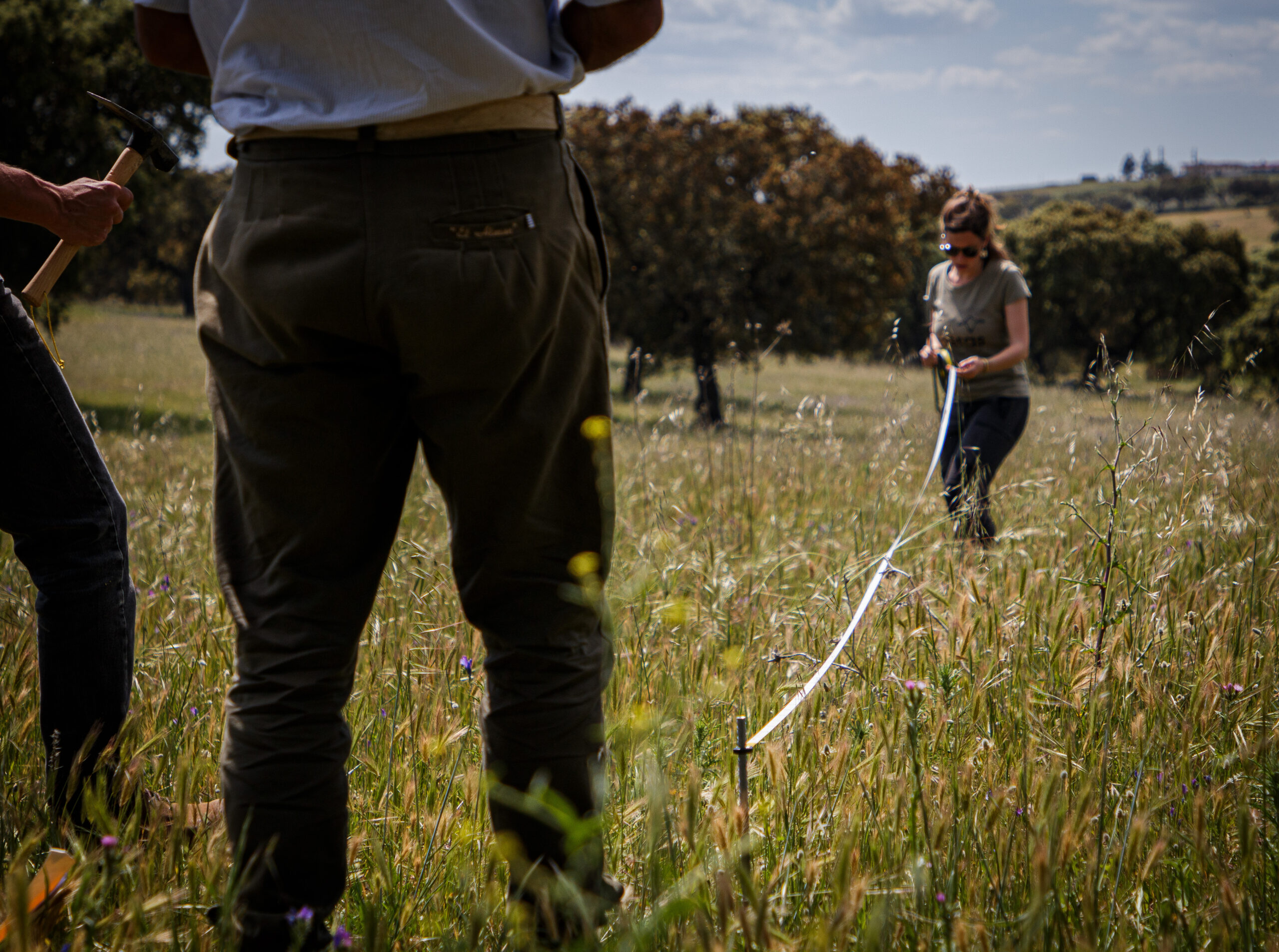
Establish Baseline

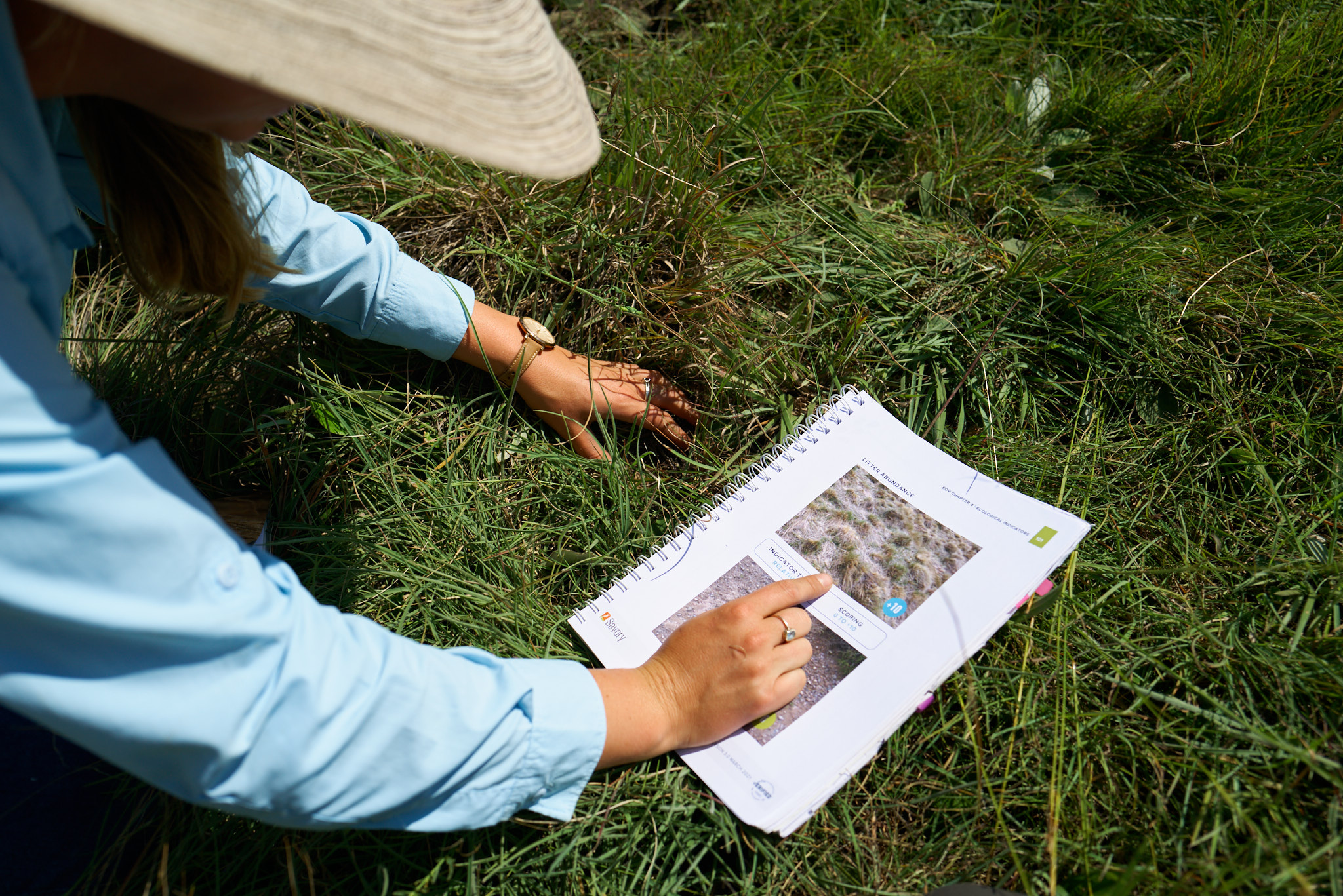
Annual Monitoring

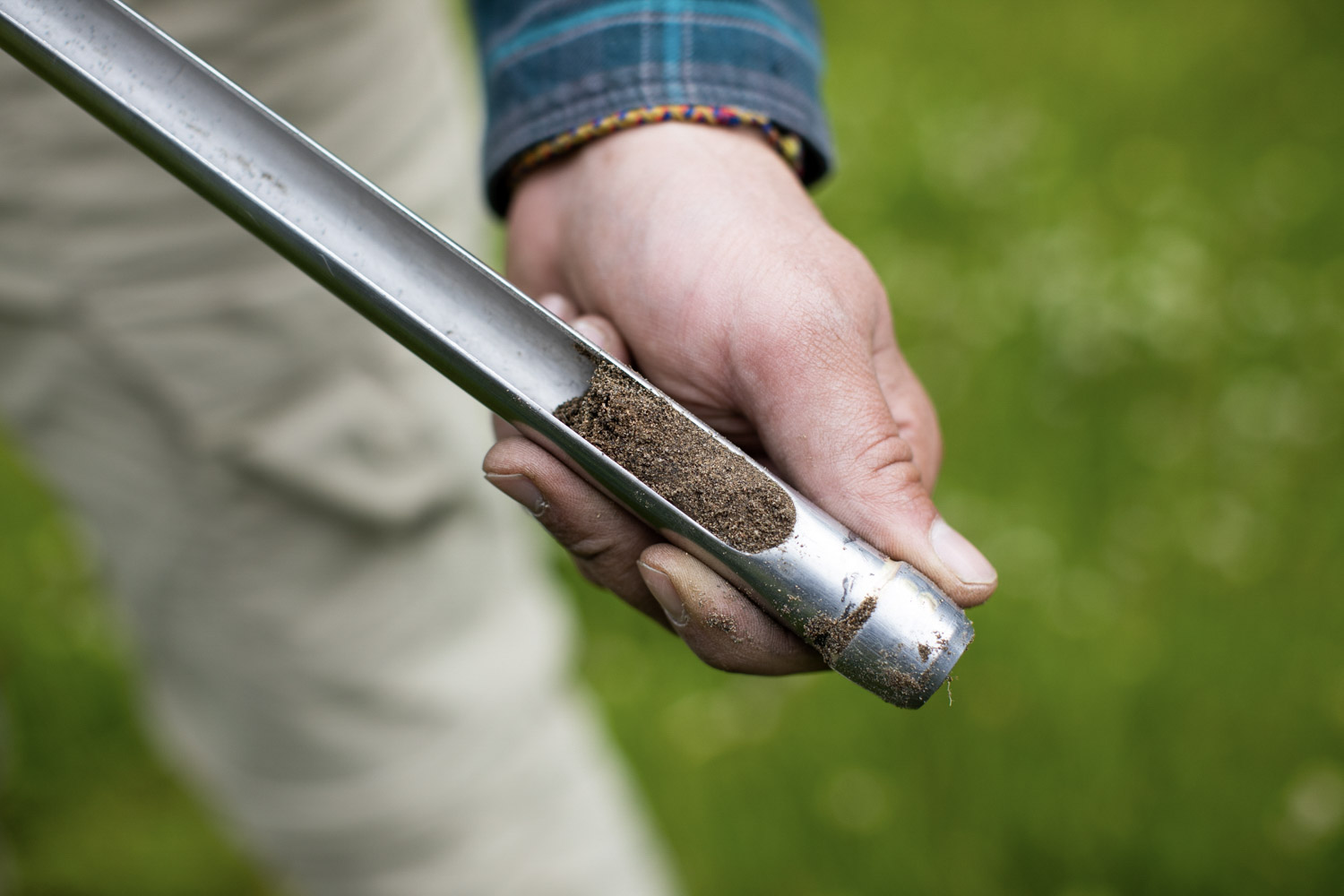
Every 5 Years



